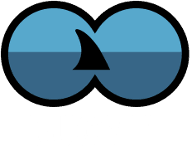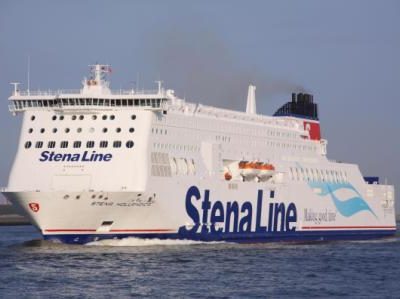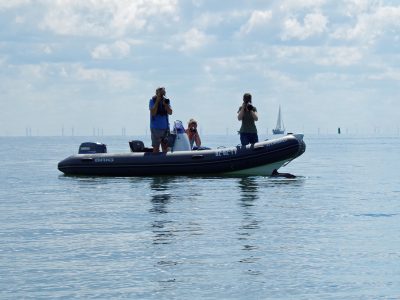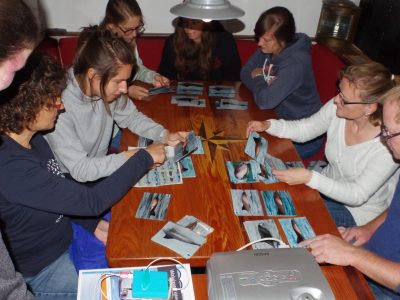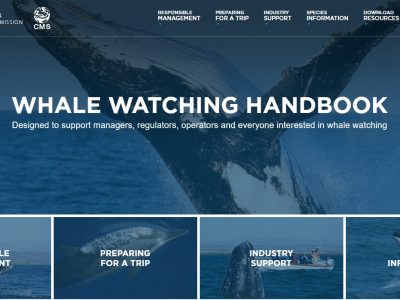- Over Ons
- Onderzoeken
- Alles over walvissen
- Doe mee!
- Help mee!
- English pages
- Bruinvis Sedna als bestuurslid
About us
meet the Rugvin teamThe Rugvin (Dorsal fin) Foundation was established in 2007, after conducting a two-year project under the umbrella of the North Sea Foundation (SDN).
Read about the history of the Rugvin Foundation here.
The foundation has the following aims:
- To conduct research on biodiversity, population dynamics, behaviour of all whale species in the North Sea, by the conduction of systematic surveys at sea.
- To publish all found data for the Dutch audience on behalf of information, education and protection.
- To take further actions to support the above-stated goals in the broadest sense and in an international context.
To achieve the above-mentioned goals and aims, the Rugvin Foundation conducts the following activities:
Monitoring on Stena Line platform
The surveys on the Stena Line ferries continue as described in the annual reports (Zanderink & Osinga, 2005 -2010). Observers spot cetaceans from the bridges of the ferries on a monthly basis. The total observing time is approximately six hours per survey day and each survey consists of two survey days. The first day of observation is on the Stena Hollandica, when the observers travel from Hook of Holland to Harwich. On the following day the observers travel back to Hook of Holland on the Stena Britannica.
Research activities on the Eastern Scheldt
- Annual count of the minimal number of harbour porpoises (Phocoen phocoena) present in the Eastern Scheldt.
- Photo Identification of individual harbour porpoises present in the Eastern Scheldt.
- Acoustic data collecting by Studio Porpoise (Studio Bruinvis).
- Acoustic research to determine how frequent harbour porpoises migrate through the Storm surge barrier (stopped in 2013).
Communication
We aim to communicate the results and activities of Rugvin in several ways and on several platforms, to make sure to inform and educate our target audiences. We continue to add to our list of communication activities:
Sponsors & Partners
The work of the Rugvin foundation would not be possibe without the support and collaboration of organisations and companies mentioned below:
Stena Line
Since 2005, Stena Line offers the Rugvin foundation the possibility to use the observation bridge of the ferries Hollandica and Britannica. Each month the crew welcome our volunteers enthusiastically and offer us food and drinks. The crew itself, who are well informed and aware about cetaceans, spot porpoises on a regular basis and register these sightings too. The Rugvin foundation is grateful and thankful to the management and crew for their support and participation!
World Wide Fund for Nature
Thanks to financial support and good collaboration with the World Wide Fund for Nature, the Rugvin Foundation was able to organize the first official porpoise scan at the Oosterschelde. Besides the Rugvin volunteers, fourteen “Lifeguards” participated this scan. The WWF enabled us to use several boats for the scan, and they contributed to the purchase of the hydrophone, which was used during the scan. The later scans were also financially supported by the WWF. In addition, the WWF made it possible to purchase the C-pods (which were used for acoustic research) and conduct photo-identification research in the Eastern Scheldt.
